I. Project Description
Shilin, or the Stone Forest, as a typical example of the karst topography, is unrivalled for its long, complex and multi-phase evolution as well as its diversified landscape. With Shilin of Yunnan Province inscribed on the UNESCO World Heritage List, the Stone Forest of Wadu has also risen to prominence.
In Baoshan, karst landforms cover nearly 6,000 km², over a third of the land area of the entire city, and in the city’s Longyang District the proportion is close to 70%. At Hongnidi, part of Longyang’s Wadu Village which is at the heart of the rocky desertification zone, villagers reside in a forest of rocks all year round.
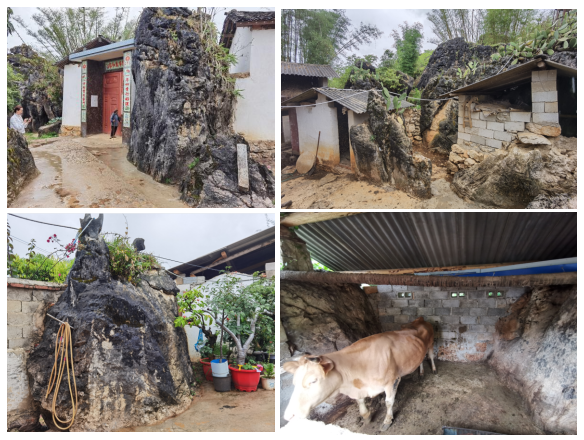
Figure1 Houses and livestock sheds nestling against rocks, the Stone Forest of Wadu
The fragmentation and scarcity of arable land caused maize growers to make the most of the land available to them. And as soil decreased year after year as a result of maize cultivation in the rocky area, villagers were mired in a vicious circle: Driven by poverty, they had to use every endeavor to reclaim wasteland which, in turn, worsened soil conditions and led them to more severe poverty. (Fig. 1)
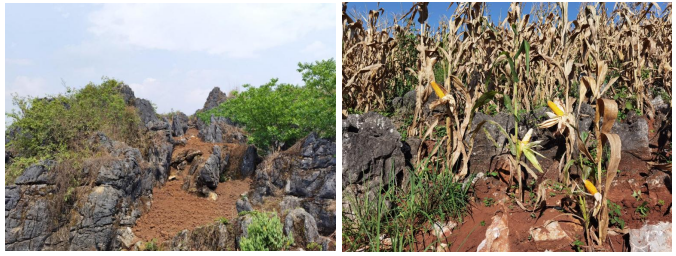
Figure 2 Crop grown among rocks.
Beginning in 2002, the Chinese Academy of Tropical Agricultural Sciences (CATAS), on the strength of the China Agriculture Research System - China Forage and Grass Research System (CARS-CFGRS), teamed up with local research institutions and agricultural technology extension departments to conduct surveys on local agricultural development. They proposed on this basis an eco-friendly plateau farming model integrating crop cultivation and livestock rearing in a cycle they summarized as “walnut woods - cash crop (forage) - beef cattle farming - manure for farmland”.
Under the guidance of the local government and research institutes, the villagers of Hongnidi planted perennial walnut trees and cultivated different plants under the trees depending on the terrain and the level of rock desertification. They would grow konjak, Dipsacus japonicus, feed barley, mung bean and other cash crops where the terrain slopes gently and rock desertification is less serious, and choose Pennisetum purpureum K. Scbumach×P. typhoideum Rich cv. Reyan No. 4 in steep and severely rock-desertified zones. Smallholders were recommended to rear livestock in pens with farm produce and forage grass. Growing grass and raising cattle at the same time increased considerably the source of organic fertilizers, and the use of manure and protective cultivation led to an increase in the amount and fertility of soil.
The model has effectively increased the rate of land utilization in Hongnidi and significantly improved local farmers’ income. Each year, walnuts produce a yield of 320,000 yuan, over 1.2 million yuan for cash crops, and 972,000 yuan for cattle raised with forage grass, increasing the per capita income of the villagers by 17,800 yuan.
II. Program Model
The Program set up in the village expert workstation to pool together national, provincial and local research resources, to efficiently promote the application of new varieties, technologies and models, and to receive timely feedback on the results. Specific measures are described below:
1) CARS-CFGRS scientists set up two expert workstations, including a provincial-level one, housed in the Institute of Tropical and Subtropical Cash Crops, the Yunnan Academy of Agricultural Sciences (YAAS-ITSCC), and a city-level one, housed in the Baoshan Institute of Agricultural Technologies and Sciences (BIATS). The two expert workstations both set up an office in the village.
2) The work stations in the village informed the expert team of local agricultural conditions, and after a village survey, the experts recommended a transition towards an efficient and sustainable farming model of “walnut woods - cash crop (forage) - beef cattle farming - manure for farmland”. As required by the model, the expert team provided villagers with specialty crop seedlings and techniques, gave guidance to local agricultural technology institutes, and made adjustments depending on the specific condition of the village.
It was then found that the imbalance in year-round supply of forage grass presented a challenge for the forage and livestock system. The workstations turned to the CARS-CFGRS for guidance on silage processing, and contacted an enterprise for investment in a silage processing plant, thus solving the technical and financial problems that the village faced in livestock farming.
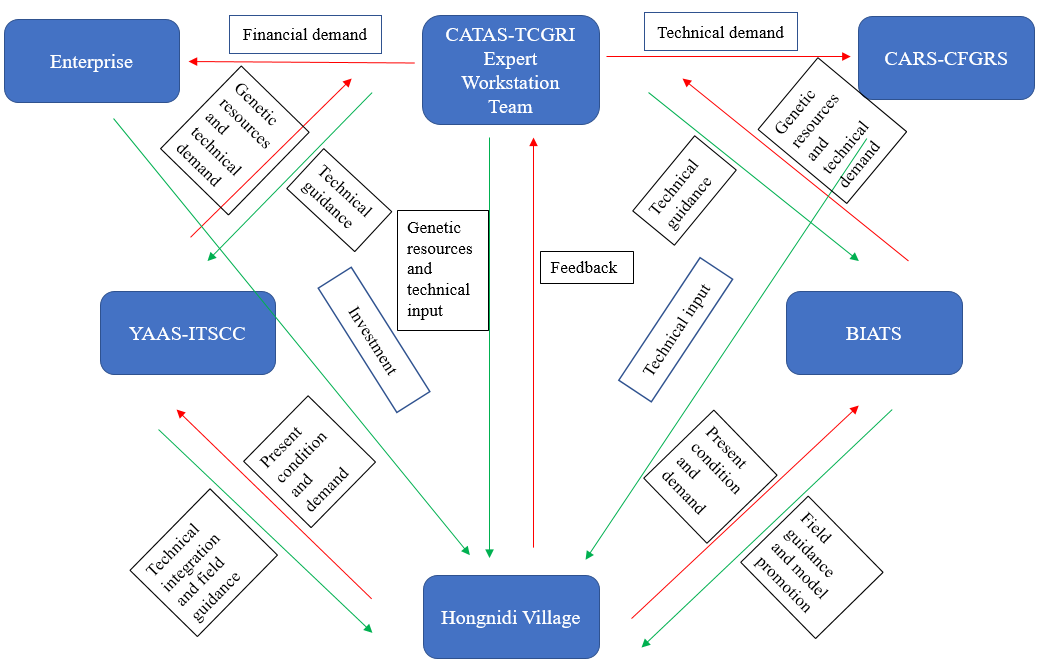
Figure 3 Operating model of expert work stations
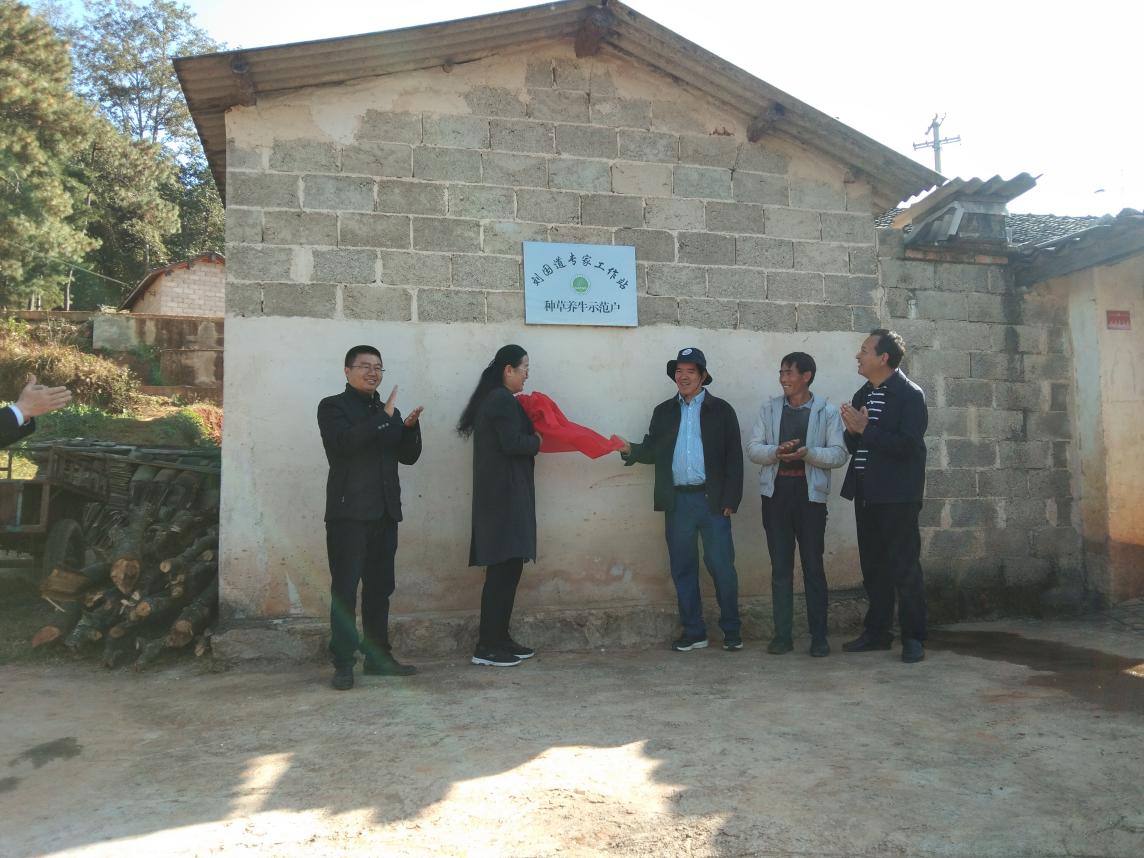
Figure 4 Liu Guodao(C), team leader and expert of the CARS-CFGRS, unveils the plaque for the expert workstation at Hongnidi.
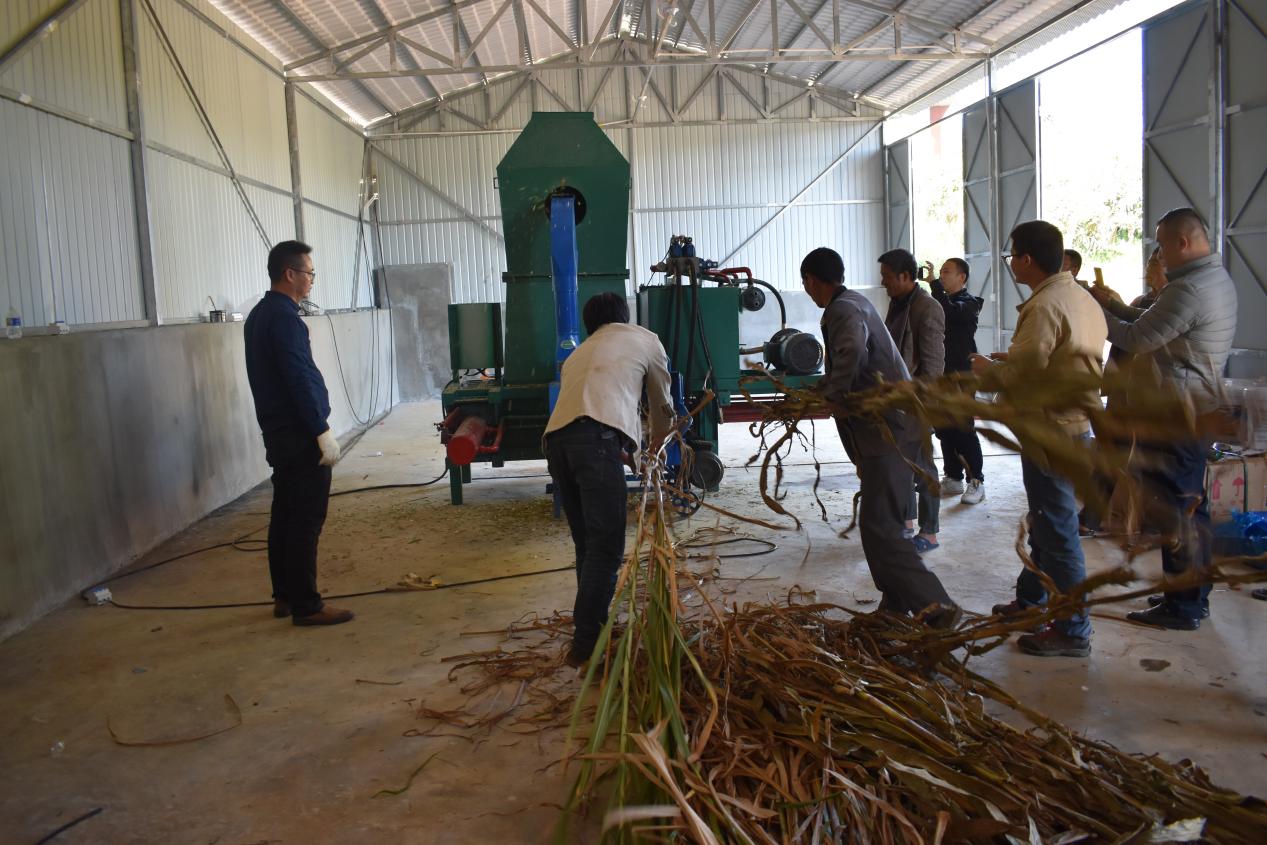
Figure 5 An expert provides training on how to use the equipment. A silage plant built in the village with an outside investment solves the imbalance in year-round supply of forage grass and ensures efficient cultivation and farming.
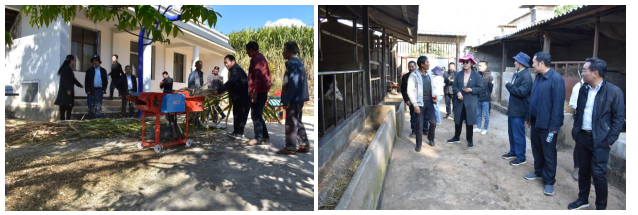
Figure 6 The expert team provides guidance on forage grass processing and livestock farming.
Dr. Dong Rongshu , director of the Tropical Pasture Research Center of the Tropical Crops Genetic Resources Institute, the Chinese Academy of Tropical Agricultural Sciences (CATAS-TCGRI), has for years worked with young experts to conduct field research on rocky desertification control in Yunnan, Guangxi, and Guizhou. The establishment of the expert workstations has played roles in the following four areas:
1) Establishing a mechanism for efficient communication between the village, local agricultural technology institutes and the national research team, which can solve in good time problems with the integrated in-forest forage and livestock system;
2) Promoting the use of technologies - through guidance by the local agricultural technology institutes - for the in-forest cultivation, processing and utilization of Pennisetum purpureum K. Scbumach×P. typhoideum Rich cv. Reyan No. 4, feed barley and other forage grasses, to achieve high yields and good ecological effects;
3) The eco-friendly plateau farming model integrating crop cultivation and livestock raising has been proved to be easily replicable by farmers, local agricultural technology institutes and the expert team; and
4) Helping improve rural environmental and boost eco-tourism.
Hongnidi now has a vegetation coverage rate of more than 50% and has reduced soil erosion by 20%, with formerly bare rocky hills having become green and beautiful (Fig. 7). To attract tourists to the Stone Forest, Liu Guodao and his team also formulated a planting scheme, and with cherry and other trees cultivated, the village has seen its overall environment bettered.
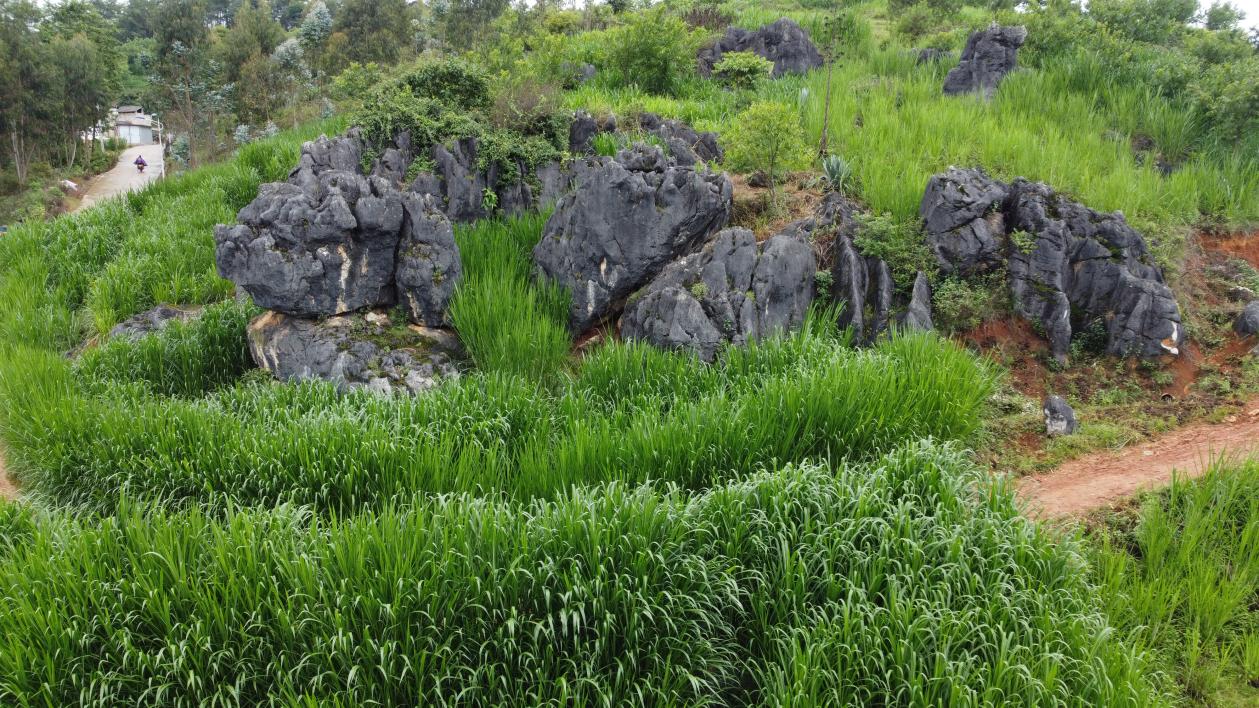
Figure 7 Pennisetum purpureum K. Scbumach×P. typhoideum Rich cv. Reyan No. 4 growing on the land of rocky desertification.
III. Implications for Other Countries
The above-mentioned expert workstations provided guidance for a village in a rock desertification zone to help it change its farming pattern and achieve good ecological and economic results. The practice may boost efficient development of a region, and as it is not restricted by either geography or climate, it can be adopted in areas where smallholder farming is predominant.

For more information, please contact WFP China COE (wfpcn.coe@wfp.org)
Related Links:
The Rocky Areas' Road to Prosperity: 'She Power' Shines in the Practice of Eco-farming
The Rocky Areas' Road to Prosperity: Combating Rocky Desertification in Guizhou's Xingyi
Category
The Rocky Areas' Road to Prosperity: Expert Workstations in a Village
Contributor
The Rocky Areas' Road to Prosperity: Expert Workstations in a Village
Country
Case Study

